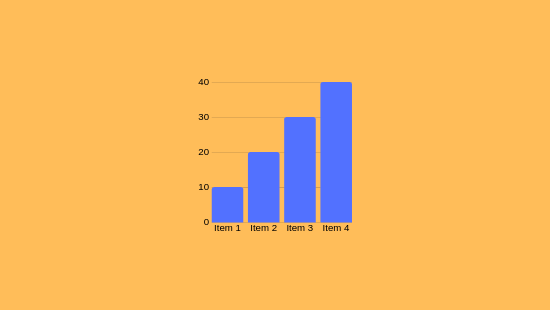Forex Indicators: How They Work
Forex Indicators: How They Work
Blog Article

As you delve into Forex indicators, you'll understand they're mathematical tools that scrutinize market numbers to predict market behaviors. These indicators aid in signaling trends, confirming market cues, and detecting extreme market conditions situations. For instance, the Relative Strength Index (RSI) gauges momentum, while Bollinger indicators assess volatility. Enhancing your trade techniques by integrating these metrics is crucial, especially if aiming to control risks adeptly.
Grasping the Core of Forex Indicators
Forex indicators are computational devices embedded in graphs to assist traders in scrutinizing market dynamics and making informed decisions. They provide perspectives into price changes and potential trading opportunities by processing historical and real-time data.
Forex tools are categorized into four primary groups: trend indicators (e.g., Moving Averages), momentum indicators (e.g., Relative Strength Index), volatility indicators (e.g., Bollinger Bands), and volume indicators.
These instruments can signal reversals, validate ongoing patterns, or highlight overbought/oversold climates. If you're looking to enhance your methodologies, understanding these indicators is vital.
Types of Forex Indicators
When assessing market trends, investors often deploy a variety of indicators to aid in decision-making.
Forex tools are categorized into different types, each serving specific purposes.
Trend Indicators like Moving Averages (MA) and Bollinger Bands assist in detecting trends and possible price surges.
Momentum Indicators, such as the Moving Average Convergence/Divergence (MACD) and Relative Strength Index (RSI), recognize shifts in price momentum and indicate excessive buying/selling.
Volatility Indicators like the Average True Range (ATR) measure fluctuations, helping traders in establishing protective measures.
If used strategically, these tools can enhance trade outcomes.
Key Indicators for Trading Decisions
To effectively make trading decisions, understanding and applying key indicators that evaluate market states is essential.
Price Movements (MA) display average prices over specific periods, unveiling tendencies by smoothing fluctuations.
The RSI measures momentum on a 0–100 scale, indicating excess buy above 70 and signaling oversold scenarios below 30.
Moving Average Convergence Divergence analyzes two EMAs to confirm the trend direction, with graphical representations illustrating bullish or bearish phases.
Bollinger Bands utilize variability measures around a moving average to assess fluctuation and potential reversals.
Fibonacci Retracement levels denote support/resistance zones based on prior price movements.
Combining these measures boosts accuracy by verifying signals if aligned, enabling exact timing for currency matchups.
Using Indicators for Risk Management
As you fine-tune investment methods, effectively utilizing measurement tools for risk control is essential. Tools like Moving Averages and Bollinger Bands gauge fluctuations and spot viable trade junctures for risk minimization.
These instruments allow for exact stop-loss orders and limit orders, critical for limiting possible losses.
For example, using trade protections caps losses to a certain amount, such as 2% of your trading capital per trade. This disciplined tactic aids in managing forex risks by limiting exposure to fluctuations and leverage, which are significant challenges in currency trading.
Integrating Indicators for Improved Precision
Merging measurement tools is a sophisticated strategy for boosting precision in forex trading. This approach enables for the leveraging of multiple tools to examine several aspects of market dynamics, including trends, drive, and volatility.
By implementing indicators like Moving Averages, RSI, and MACD, you can craft resilient trade schemes. For example, combining Moving Averages with RSI and Volume confirms trends and drive, while Bollinger Bands with Stochastic discovers volatile scenarios and possible reversals.
If indicators from separate categories work together, redundancies are minimized, website and trade signals are intensified.
Final Thoughts
You've understood how forex indicators operate, covering their diversities like trend, momentum, and volatility tools. These elements aid in uncovering pivots and validating ongoing trends. By integrating indicators, investment accuracy is enhanced, and risk oversight is conducted more adeptly. As an example, using the Relative Strength Index (RSI) to highlight buying peaks and Bollinger Bands to evaluate volatility can refine your trade choices. Report this page